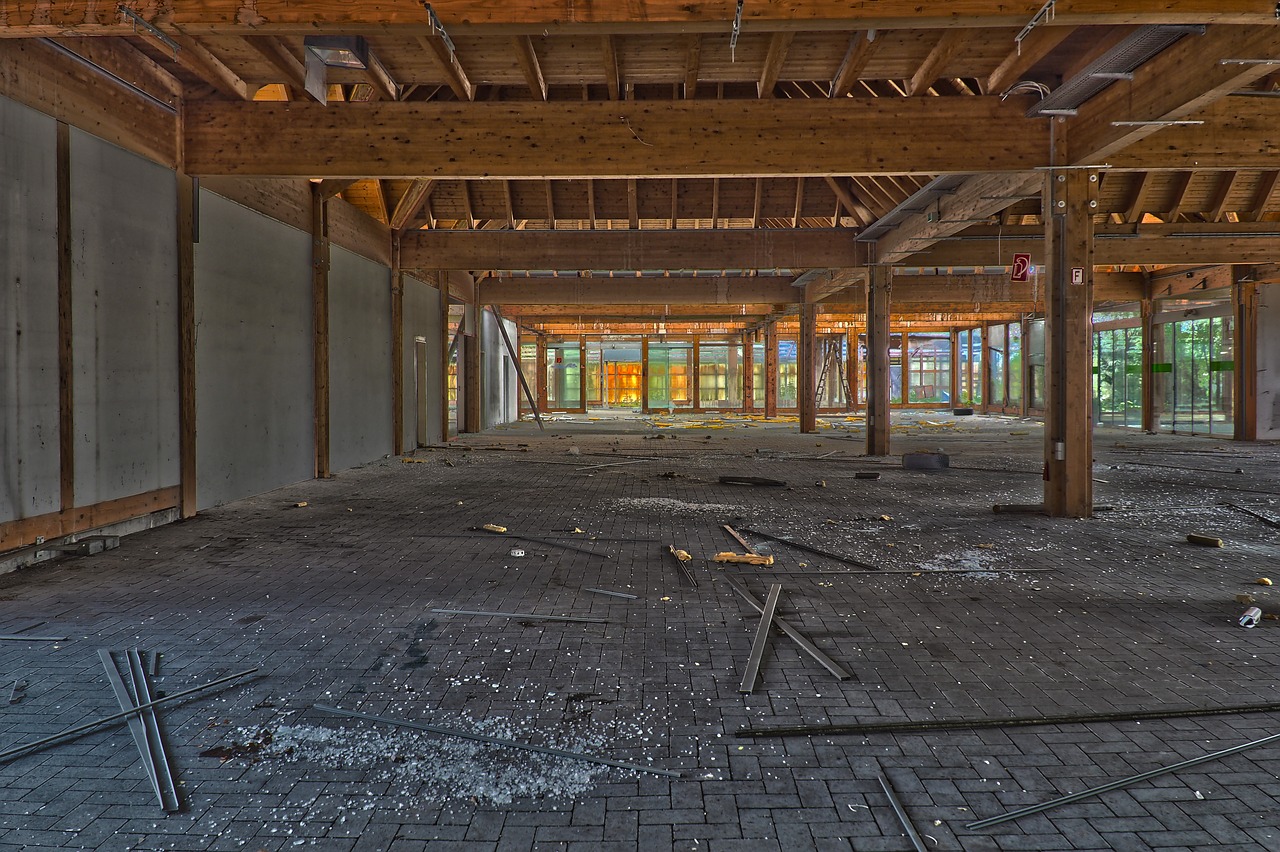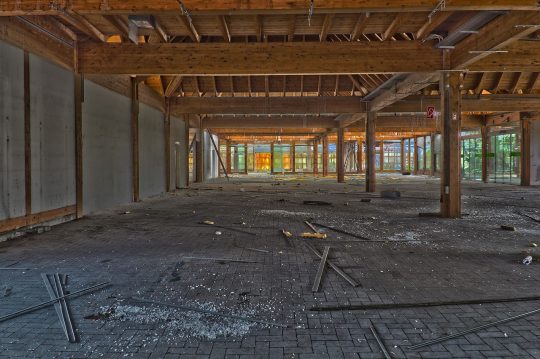 If you are adamant about not wearing a mask, you are not going to like this news one bit. Coming into this week, Costco, Starbucks, Best Buy and Panera Bread were requiring customers to wear masks to come into their stores, but most other major retailers were still giving people the freedom to choose whether they wanted to wear a mask or not. I know that a lot of people appreciated this freedom to choose, but it is about to come to an abrupt end. On Wednesday, Walmart and Kroger announced that they will be starting to require consumers to wear masks in all of their stores, and the National Retail Federation is pushing all of the rest of their members to do the same thing. In the days ahead it is expected that most of them will follow suit, and that means that soon there will be very few major retail stores that you are able to enter without wearing a mask.
If you are adamant about not wearing a mask, you are not going to like this news one bit. Coming into this week, Costco, Starbucks, Best Buy and Panera Bread were requiring customers to wear masks to come into their stores, but most other major retailers were still giving people the freedom to choose whether they wanted to wear a mask or not. I know that a lot of people appreciated this freedom to choose, but it is about to come to an abrupt end. On Wednesday, Walmart and Kroger announced that they will be starting to require consumers to wear masks in all of their stores, and the National Retail Federation is pushing all of the rest of their members to do the same thing. In the days ahead it is expected that most of them will follow suit, and that means that soon there will be very few major retail stores that you are able to enter without wearing a mask.
Walmart says that they decided to make this change in order to “bring consistency” across all of their stores. The following comes from the official Walmart website…
As the number of confirmed cases has spiked in communities across the country recently, so too have the number and types of face covering mandates being implemented. Currently about 65 percent of our more than 5,000 stores and clubs are located in areas where there is some form of government mandate on face coverings. To help bring consistency across stores and clubs, we will require all shoppers to wear a face covering starting Monday, July 20. This will give us time to inform customers and members of the changes, post signage and train associates on the new protocols.
In the region of the country where I live, there are a ton of people that feel very strongly about not wearing masks, and this announcement is going to hit them really hard.
There is only one Walmart within a 90 minute drive of where I live, and virtually everyone in the region pops in there at some point. But now those that do not want to wear masks will be excluded, and there will be some very hard feelings over this.
If you try to enter a Walmart without a mask next week, you will be greeted at the door by a “Health Ambassador” wearing a black shirt. I find it very interesting that they specifically chose the color black, and I think that it would have been helpful if they had chosen a more friendly color. In any event, these new positions are being created in order to ensure that only people wearing masks are able to get into the stores. Of course Walmart is trying to make this sound as non-threatening as possible…
In addition to posting clear signage at the front of our stores, Walmart has created the role of Health Ambassador and will station them near the entrance to remind those without a mask of our new requirements. Our ambassadors will receive special training to help make the process as smooth as possible for customers. The ambassadors, identifiable by their black polo shirts, will work with customers who show up at a store without a face covering to try and find a solution. We are currently considering different solutions for customers when this requirement takes effect on July 20.
Needless to say, this announcement by Walmart is likely to spark an avalanche of other announcements by major retailers.
In fact, Kroger made an announcement just hours after Walmart did…
Within hours, Kroger — the largest U.S. supermarket chain — said it will also require shoppers to wear masks starting July 22.
And as I mentioned above, the National Retail Federation is already pushing all of their members to fall in line…
The president of the National Retail Federation trade group wants retailers to adopt a nationwide policy that requires customers to wear masks, and hopes Walmart’s decision to do so would galvanize other companies to take similar action, reports Reuters.
“Shopping in a store is a privilege, not a right. If a customer refuses to adhere to store policies, they are putting employees and other customers at undue risk,” the NRF says.
We will be told that this is just a “temporary” thing, but at what point will we be able to start shopping without masks again?
It certainly won’t be any time in 2020. This week, CDC director Robert Redfield said that he anticipated that this fall and winter “are probably going to be one of the most difficult times that we’ve experienced in American public health”…
I am worried. I do think the fall and the winter of 2020 and 2021 are probably going to be one of the most difficult times that we’ve experienced in American public health because of what you said — the co-occurrence of Covid and influenza, and this is where I’d like to continue to work with you to get the American public to embrace the influenza vaccine so we can try to minimize the impact of inluenza, because I think those two respiratory pathogens hitting us at the same time do have the potential to stress our health system.
Ultimately, we will probably be forced to wear masks until the pandemic ends.
But what if this pandemic lasts for years?
A couple days ago, I authored an article in which I discussed three separate scientific studies which all showed that COVID-19 antibodies disappear very, very rapidly. In fact, some patients no longer had detectable antibodies just weeks after originally testing positive for antibodies.
What this means is that it appears that COVID-19 is very similar to many other less dangerous coronaviruses that are floating around out there. Just like there is no lasting immunity to “the common cold”, there also appears to be no lasting immunity to COVID-19.
That means that no “vaccine” is going to save us, we will never get to the point of “herd immunity”, and this virus will circulate all over the globe year after year.
So does this mean that wearing masks will now become a permanent requirement in our society?
We should certainly hope that won’t be the case, but unfortunately we aren’t the ones making the decisions.
About the Author: I am a voice crying out for change in a society that generally seems content to stay asleep. My name is Michael Snyder and I am the publisher of The Economic Collapse Blog, End Of The American Dream and The Most Important News, and the articles that I publish on those sites are republished on dozens of other prominent websites all over the globe. I have written four books that are available on Amazon.com including The Beginning Of The End, Get Prepared Now, and Living A Life That Really Matters. (#CommissionsEarned) By purchasing those books you help to support my work. I always freely and happily allow others to republish my articles on their own websites, but due to government regulations I need those that republish my articles to include this “About the Author” section with each article. In order to comply with those government regulations, I need to tell you that the controversial opinions in this article are mine alone and do not necessarily reflect the views of the websites where my work is republished. The material contained in this article is for general information purposes only, and readers should consult licensed professionals before making any legal, business, financial or health decisions. Those responding to this article by making comments are solely responsible for their viewpoints, and those viewpoints do not necessarily represent the viewpoints of Michael Snyder or the operators of the websites where my work is republished. I encourage you to follow me on social media on Facebook and Twitter, and any way that you can share these articles with others is a great help. During these very challenging times, people will need hope more than ever before, and it is our goal to share the gospel of Jesus Christ with as many people as we possibly can.


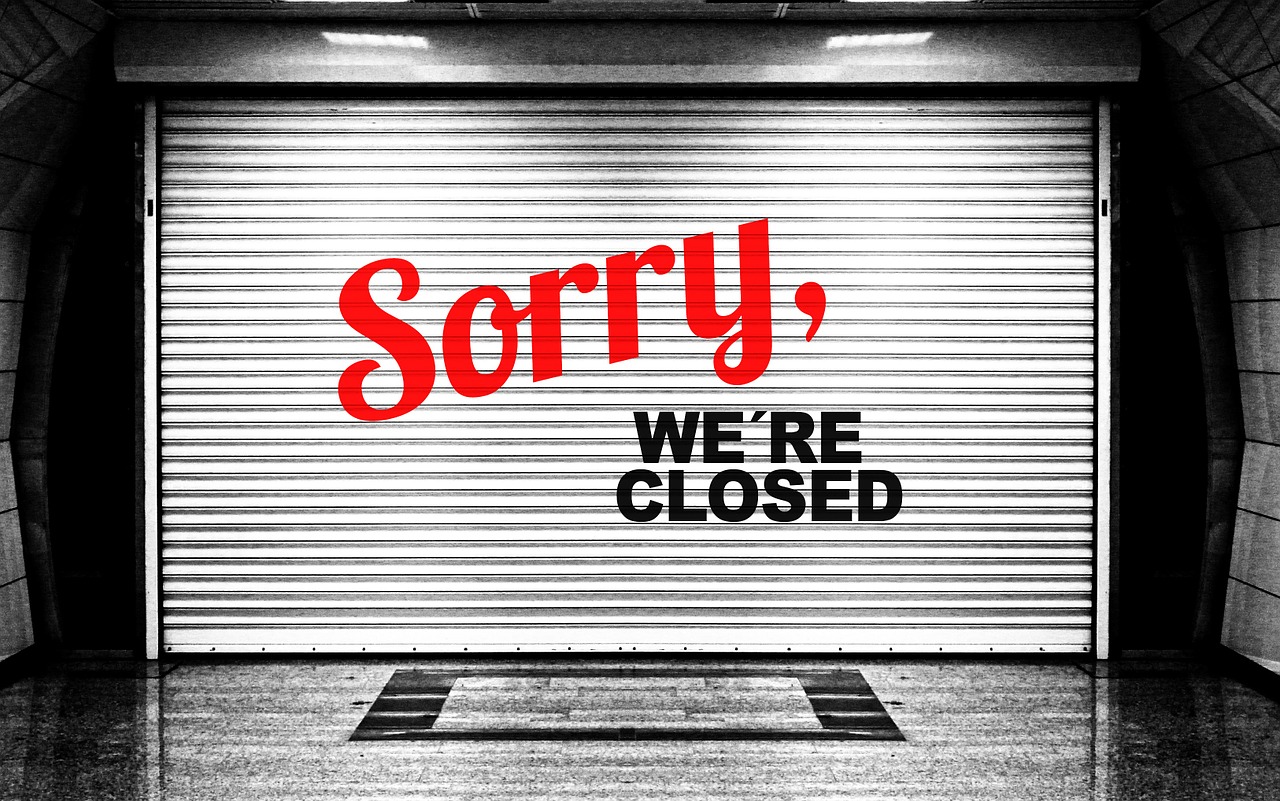
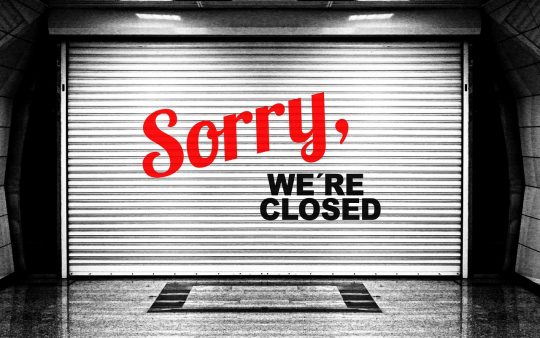 If the U.S. economy is in good shape, why have retailers already shuttered more stores than they did in all of 2018? Not only that, we are also on pace to absolutely shatter the all-time record for store closures in a single year by more than 50 percent. Yes, Internet commerce is growing, but the Internet has been around for several decades now. It isn’t as if this threat just suddenly materialized. As Internet commerce continues to slowly expand, we would expect to see a steady drip of brick and mortar stores close, but instead what we are witnessing is an avalanche. If the U.S. economy really was “booming”, this wouldn’t be happening. But if the U.S. economy was heading into a recession, this is precisely what we would expect to see.
If the U.S. economy is in good shape, why have retailers already shuttered more stores than they did in all of 2018? Not only that, we are also on pace to absolutely shatter the all-time record for store closures in a single year by more than 50 percent. Yes, Internet commerce is growing, but the Internet has been around for several decades now. It isn’t as if this threat just suddenly materialized. As Internet commerce continues to slowly expand, we would expect to see a steady drip of brick and mortar stores close, but instead what we are witnessing is an avalanche. If the U.S. economy really was “booming”, this wouldn’t be happening. But if the U.S. economy was heading into a recession, this is precisely what we would expect to see.
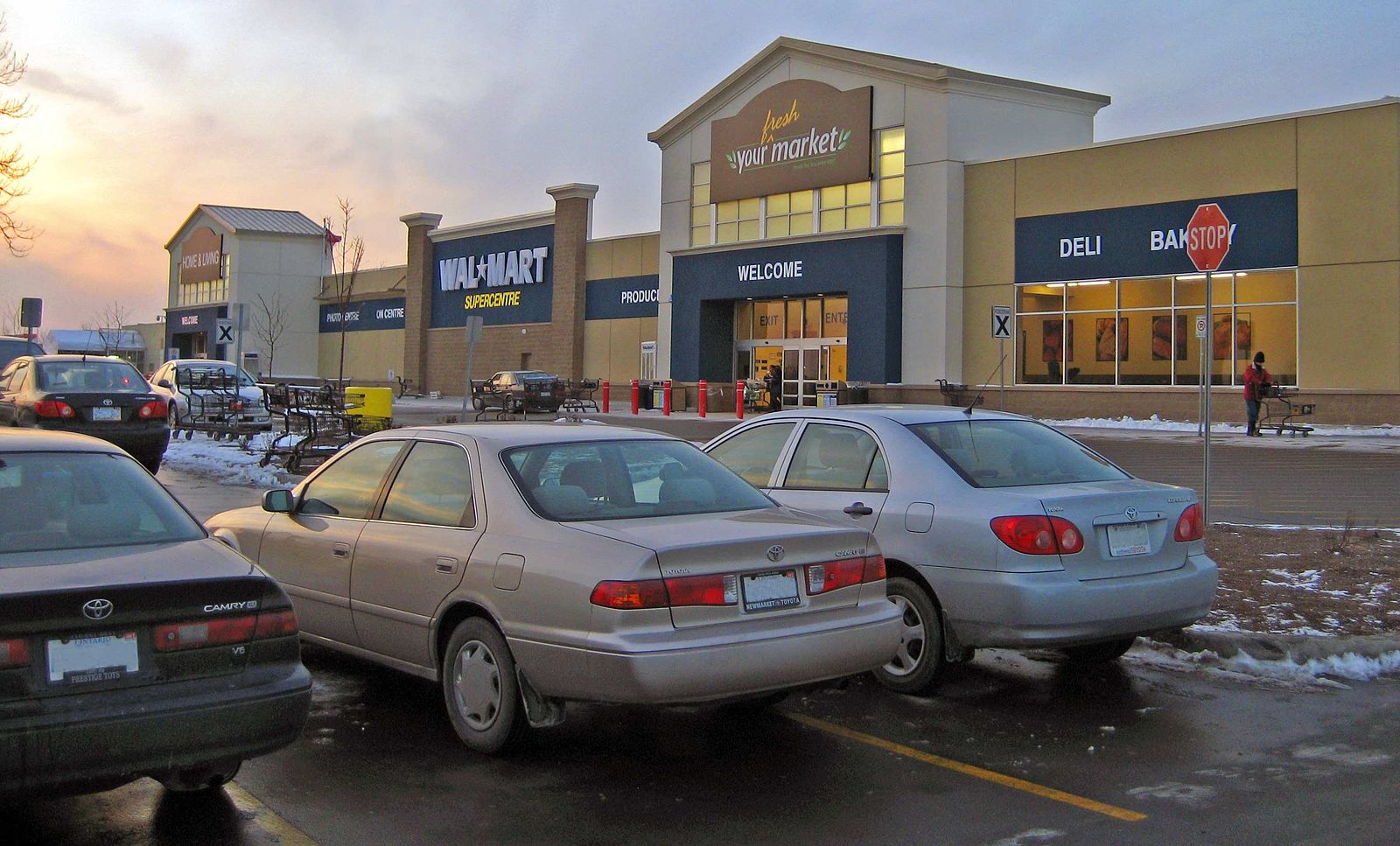
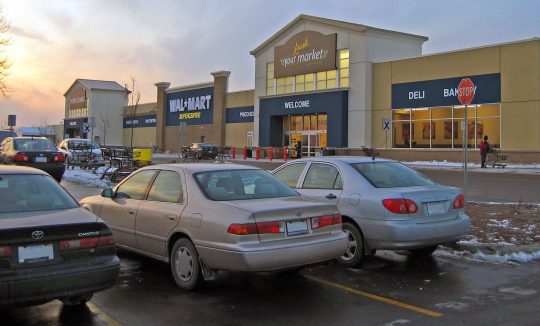 Just like we witnessed during the last recession, major retailers are laying off tens of thousands of workers, and it looks like this will be the worst year for store closings in all of U.S. history. Many are referring to this as
Just like we witnessed during the last recession, major retailers are laying off tens of thousands of workers, and it looks like this will be the worst year for store closings in all of U.S. history. Many are referring to this as 